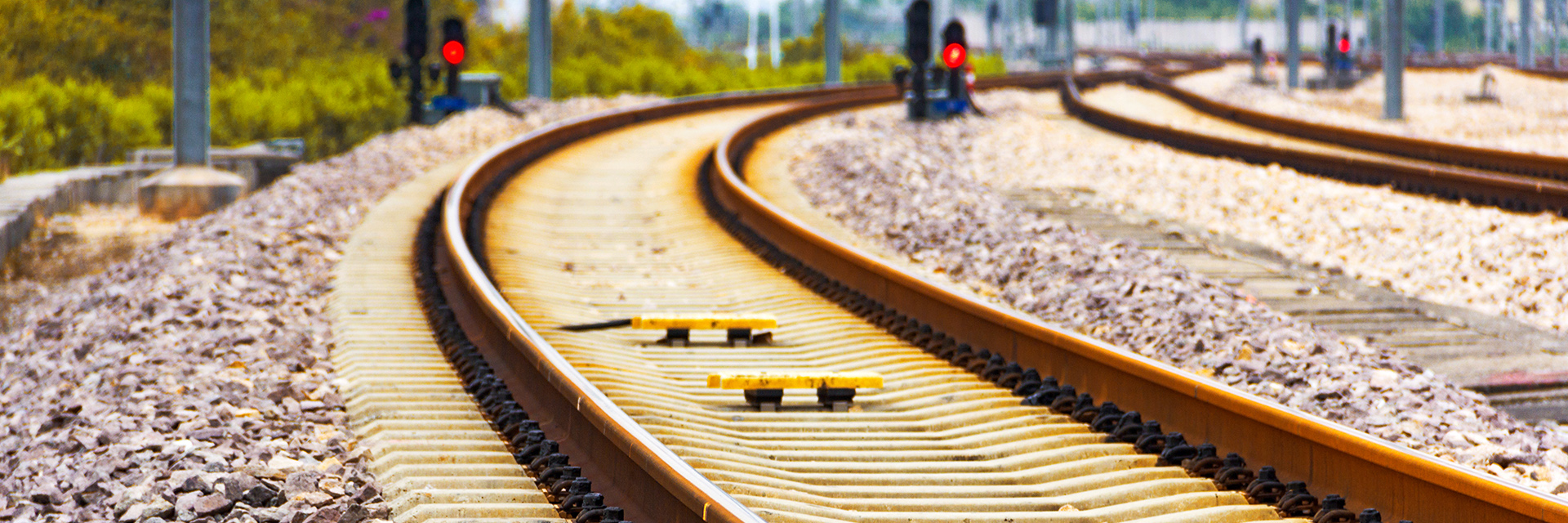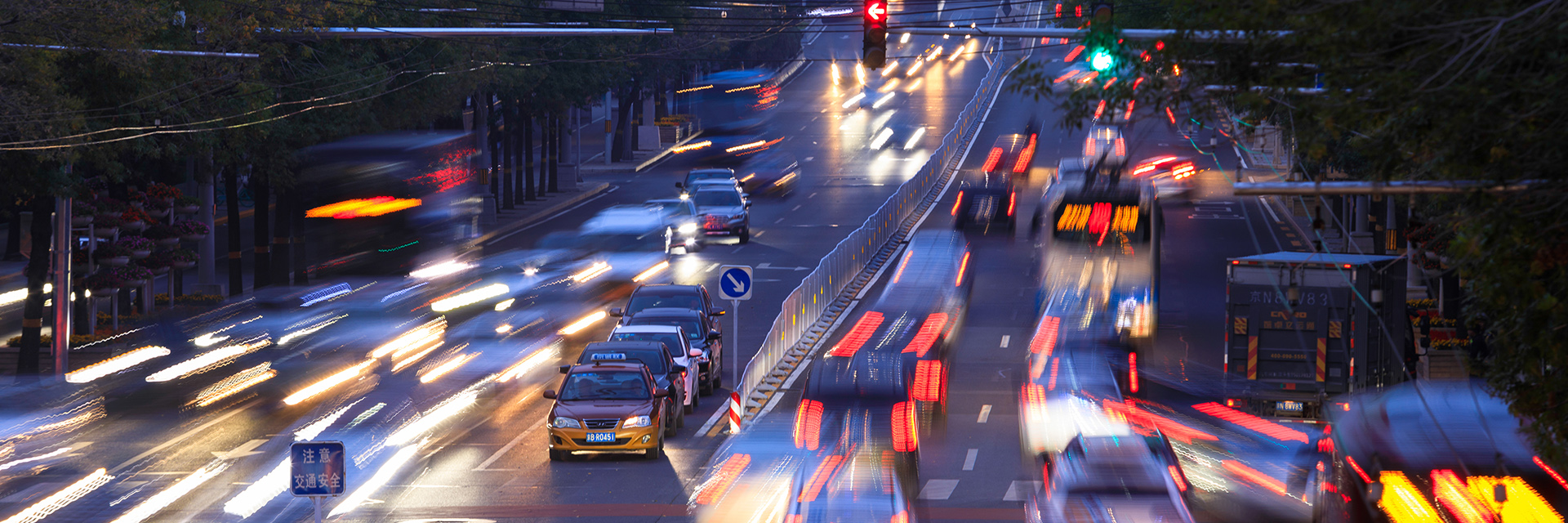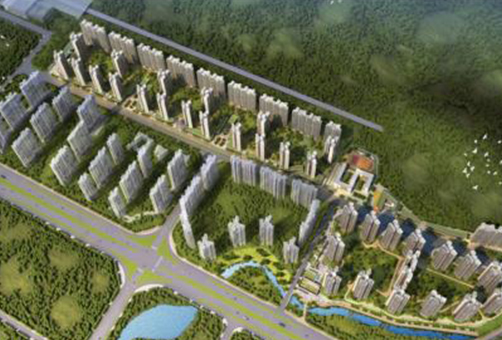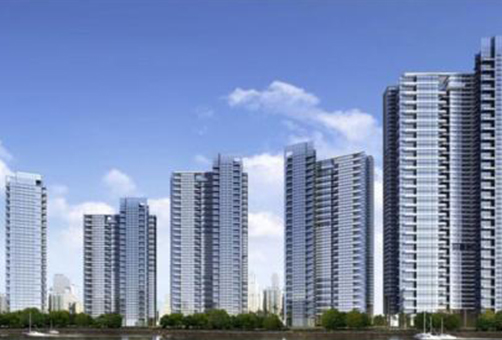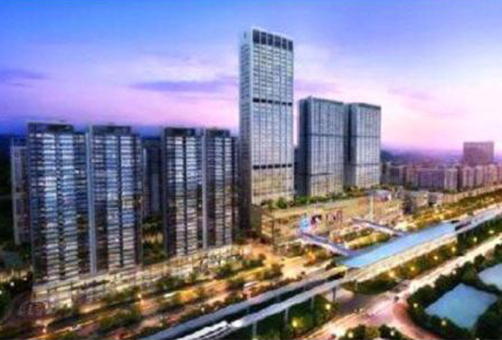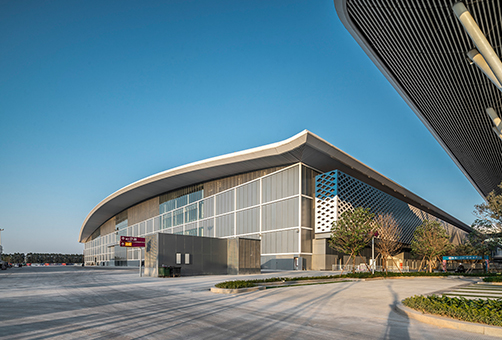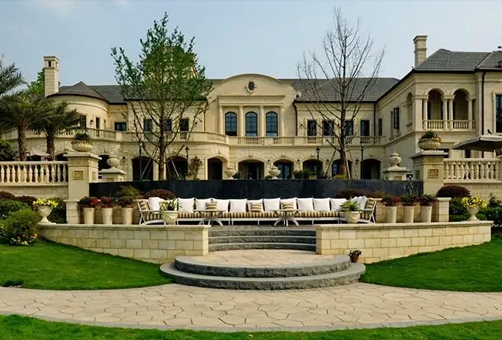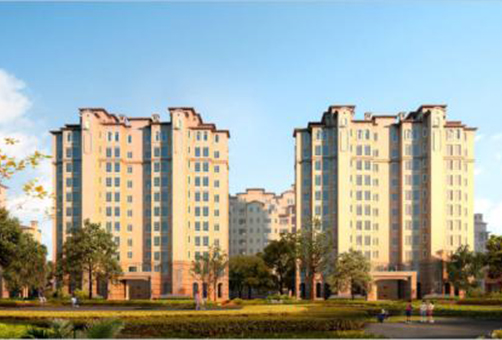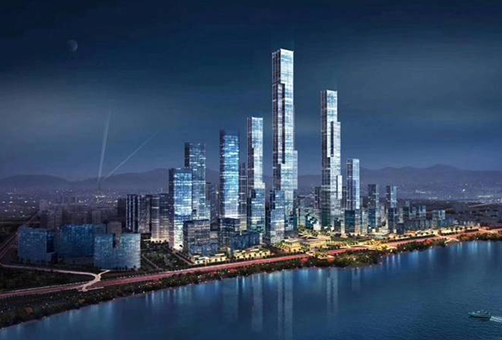Clocell Solutions
Clocell provides customers with track vibration solutions based on "polyurethane elastomers". It is not only suitable for traditional ballasted track and new ballastless tracks, but also suitable for various rail transit forms such as high-speed railways, intercity railways, subways, light rails, tramcar and so on. Materials and solutions can be provided for the application of different locations such as rail, fastener base plate, sleeper, ballast and ballast bed, in order to achieve consistent damping effect.
Based on factors such as rail type, material application form, and installation location, the track vibration isolation materials and solutions provided by Clocell Acoustic for customers mainly include


